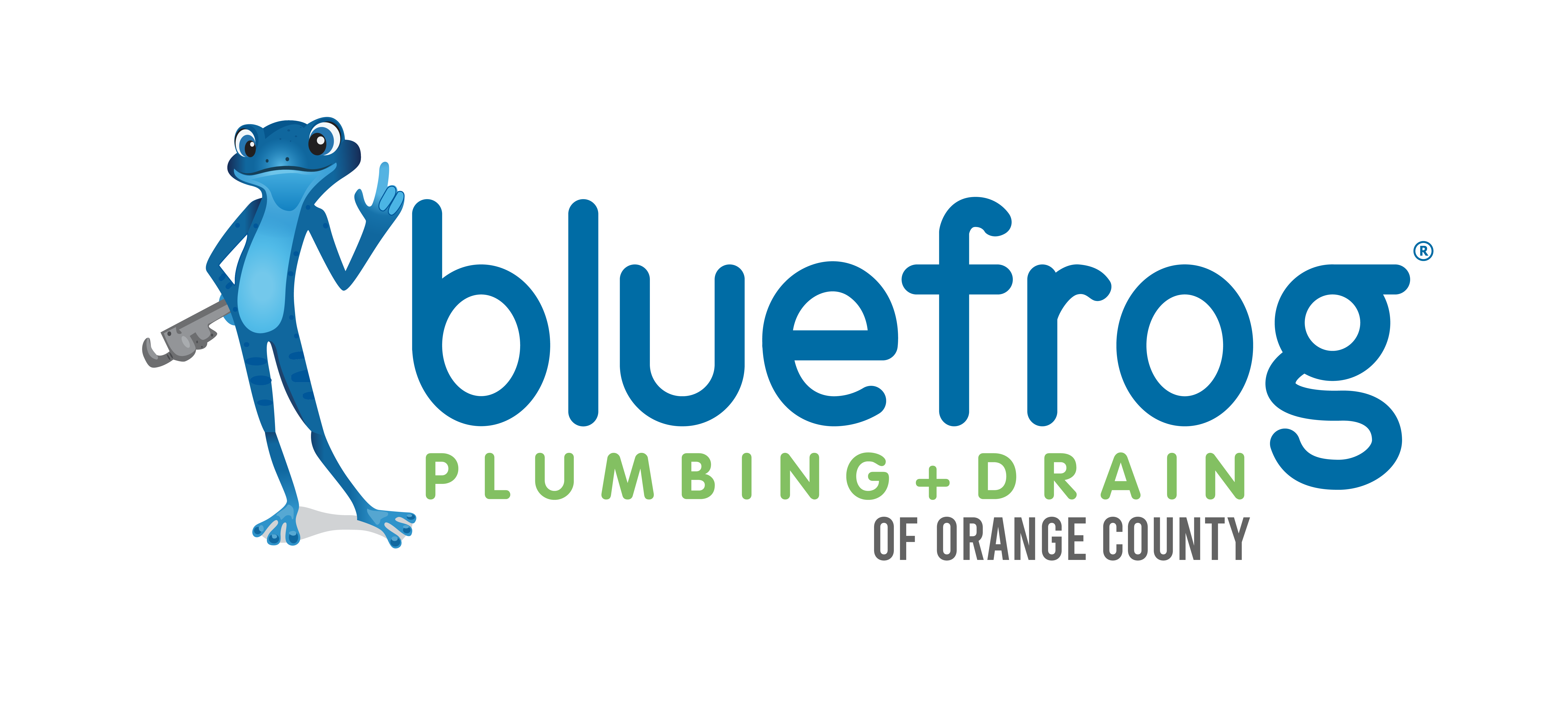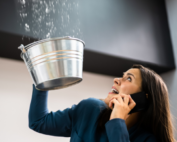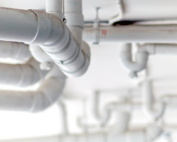A water-reducing pressure valve is an inexpensive valve that performs several important functions for those who have higher-than-normal water pressure. First, the valve will automatically reduce the pressure of water entering from the city mains into residential or commercial buildings. Second, the valve will regulate the desired pressure indoors so that plumbing pipes, fixtures, and water-using appliances are not negatively affected by pressure that is excessive.
In this article, we will examine what water pressure is, the problems created by high water pressure, and the advantages of having a water-reducing valve installed. We will learn how they operate in order to manage pressure and whether or not you need one.
What Is Water Pressure and What Denotes Normal Pressure?
When you turn on the faucet at your kitchen sink or run the dishwasher the water flows from the water supply line with a certain force. This force is known as pressure and it dictates the speed at which the water moves. The harder the force, the higher the water pressure.
Water pressure is measured in pounds per square inch (PSI) and any reading between 40-60 PSI is in the normal range. A reading higher than 60 PSI is considered high. To calculate your pressure you will need to purchase a pressure gauge at your local hardware store. Attach the gauge to any outside hose bid and, while turning all other water off, turn on the cold water.
Surprisingly, municipal water is often much higher than the desired range and can come in at a pressure between 150-2000 PSI. This increased pressure is not good for your plumbing and consistently high pressure can do some serious damage to your home or commercial space.
Problems Related to High Water Pressure
Unusually high pressure over an extended period of time can create problems that range from annoying all the way to costly and destructive. Here is a list of common issues that may arise:
- Water Hammer: Water hammer is an announcement from your plumbing pipes that the pressure is too high causing the pipes to bang around.
- Leaking water heater: High pressure can cause water storage tanks to split at the seams when the high-pressure water has nowhere to escape.
- Leaking pipes: The force of water traveling through pipes can weaken joints and connections, especially in older plumbing systems.
- Dripping faucets and running toilets: High pressure can cause excess wear and tear on rubber washers and toilet flappers causing them to improperly seal and leak.
- Reduced life expectancy: All plumbing pipes, fixtures, and appliances will be affected by high water pressure and wear out before expected.
What Is a Water-Reducing Pressure Valve?
A water-reducing pressure valve is most often installed at the meter and just beyond the shutoff valve. By locating the water-reducting pressure valve here, it is guaranteed that all the water entering the property will be controlled and less able to negatively affect the plumbing and related fixtures.
The valve automatically adjusts the flow of water in order to keep the water at a consistent pressure even when outside forces change the pressure such as when there is a water main break. When the pressure in your plumbing system becomes dysregulated a pressure-reducing valve can prevent water from changing direction in your pipes and possibly contaminating the drinking water.
Advantages of Installing a Water-Reducing Pressure Valve
Once it is determined a water-reducing pressure valve is needed, it can easily be installed and offer some immediate benefits.
First, you will use considerably less water, and since sewer bills are directly tied to the amount of water you use, a reduction in water usage will automatically reduce your sewer bills.
You will also save money because plumbing and contractor service calls to repair leak damage will decrease. Proper water pressure will not place excess strain on joints and connections causing them to leak.
Your plumbing system, fixtures, and appliances will last their expected lifetime and will not wear out prematurely as they would if operating under constant pressure.
How a Water-Reducing Pressure Valve Works
The method by which a water-reducing pressure valve works is relatively simple. It has an adjusting device or screw on top of a domed fitting. Inside the device is a spring-loaded diaphragm that automatically adjusts based on the amount of water flowing through it.
If the water entering the valve is high in pressure, the diaphragm narrows to restrict the amount of water entering it. When incoming water has a reduction in pressure, the diaphragm opens wider to permit more water to pass through the valve.
When the screw is tightened it increases the tension on the spring and reduces the water’s pressure as it exits the valve. Loosening of the screw allows more water to flow and therefore increases the outgoing pressure.
The valve operates automatically and easily maintains consistent and proper water pressure so daily tasks can be completed with ease without the damaging effects high-pressure water can inflict on a plumbing system.
Looking To Install A Water Pressure Valve?
This article has educated you on the necessity of having a water-pressure-reducing valve installed if your home or business suffers from the ill effects of high-pressure water. We have covered the problems related to high water pressure and have seen the advantages of installing a pressure-reducing valve to protect your plumbing pipes and appliances from excess wear and tear and a shortened lifespan.
If you need a water-reducing pressure valve installed we would be happy to assist you as we understand and support the use of water-reducing pressure valves. A small step in plumbing maintenance with major long-term rewards!

Slab Leaks: A True Plumbing Emergency
Home building following World War II was aggressive, so many houses were built on cement foundations to reduce the time it took to build them and to keep costs at a minimum. They were
How To Extend The Life Of Plumbing Pipes
A plumbing system consists of a complicated series of pipes, fixtures, and appliances that provide the infrastructure to run a well-functioning home. In this article, we will focus solely on plumbing pipes and ways
3 Silent Signs You Have A Plumbing Problem
Some plumbing issues announce themselves with a fury such as a drain backing up with sewage or a burst pipe, while others remain silent and destructive. In this article, we will reveal 3 signs



